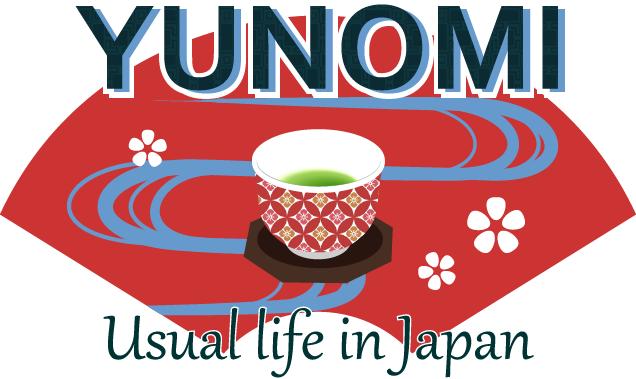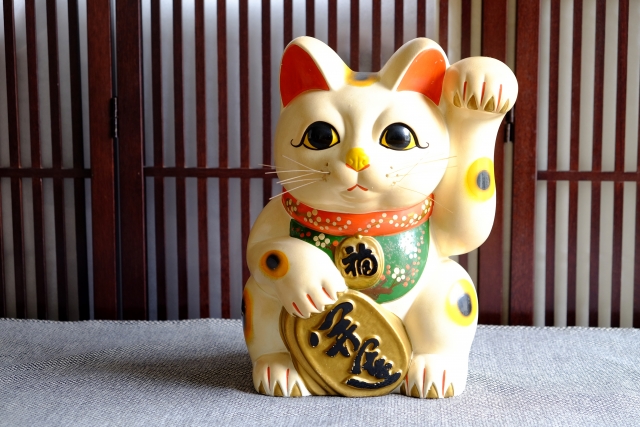The Maneki-Neko (literally "beckoning cat") is a common Japanese figurine (lucky charm, talisman) which is often believed to bring good luck to the owner.
In modern times, they are usually made of ceramic or plastic.
The figurine depicts a cat (traditionally a calico Japanese Bobtail) beckoning with an upright paw, and is usually displayed in—often at the entrance of—shops, restaurants, pachinko parlors, and other businesses.
The Maneki-Neko is sometimes also called the welcoming cat, lucky cat, money cat, happy cat, raging cat, beckoning cat, or fortune cat in English.
Various Types
Maneki-Neko comes in different colors, styles and degrees of ornateness. Common colors are white, black, gold and sometimes red. In addition to ceramic figurines, Maneki-Neko can be found as keychains, piggy banks, air fresheners, house-plant pots, and miscellaneous ornaments, as well as large statues.
It is also sometimes called the "Chinese lucky cat" due to its popularity among Chinese merchants.
Maneki-Neko can be found with either the right or left paw raised (and sometimes both though this is unusual).
The legs to raise are meaningful
The significance of the right and left raised paw differs with time and place. Another interpretation says that a raised left paw attracts money, while a raised right paw protects it.
Still, others say that a left paw raised is best for drinking establishments, the right paw for other stores in Japan.
Those who hold their liquor well are called "left-handed" (hidari-kiki) in Japanese) Yet another interpretation is that right is for home and the left for business. It is commonly believed the higher the raised paw, the greater the luck.
Consequently, over the years Maneki-Neko's paw has tended to appear ever higher. Some use the paw height as a crude method of gauging the relative age of a figure. Another common belief is that the higher the paw, the greater the distance good fortune will come from.
I have seen in department stores some Maneki-Neko feature battery- or solar-powered moving arms endlessly.
Cat Color
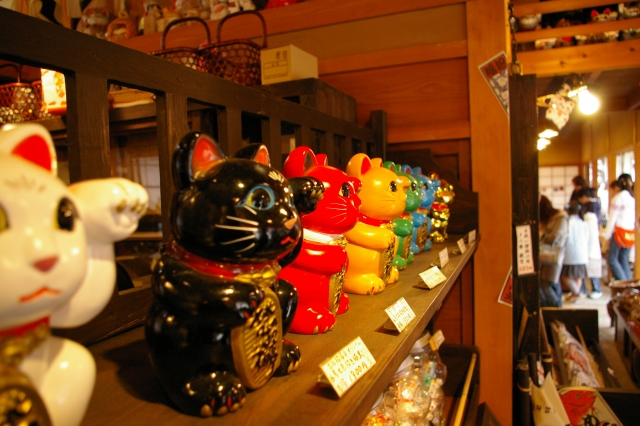
The most common color is white, followed by black and gold. Occasionally, red is used as well. These are traditional colors for Maneki-Neko.
White cats are seen to bring about the happiness of its owner, along with purity, and positive energy.
The luckiest of all the colors is considered to be the calico colored cat, black is meant to lure away evil spirits, and gold for monetary good fortune.
Other popular colors include green and blue, which are both supposed to bring academic success, and pink, a bringer of love.
Green is also seen to bring about good health, while the red colors bring success in relationships old and new.
Decoration
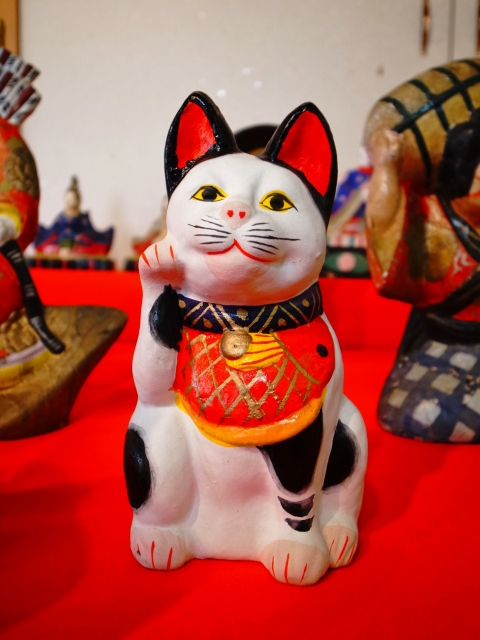
Maneki-Neko usually has some sort of decoration around its neck. This can be a neckerchief or a scarf but the most common attire is a collar, bell, and decorative bib.
These items are most likely in imitation of what was common attire for cats in wealthy households during the Edo period. Red collars made from a red flower, the hichirimen, were popular and small bells were attached for decoration and to keep track of the cat's whereabouts.
Cats Holding Money
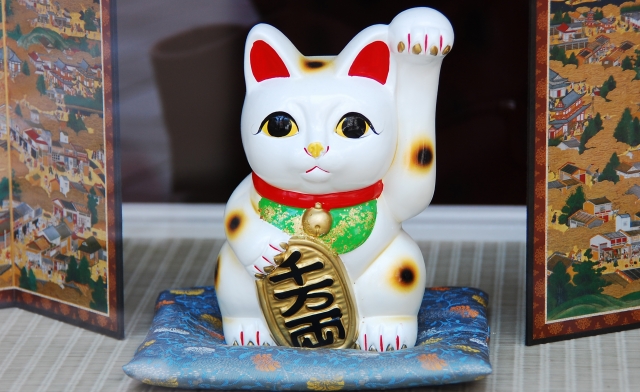
Maneki-neko are sometimes depicted holding a coin, usually a gold coin called a koban used during the Edo period in Japan. A koban was worth one ryō, another early Japanese monetary unit, though the koban most Maneki-Neko hold is indicated to be worth 'ten million ryō' ( senmanryō), an extraordinary sum of money.
A ryō can be imagined as worth a thousand Euros / Dollars, although the value of the ryō, like the value of the Euro / Dollar, varied considerably.
In Japanese, the idiom 'koban to cats' Neko ni koban) is a traditional saying equivalent to the Western 'pearls before swine'.
The coin ties into the cat's part in bringing good fortune and wealth. It is not surprising then that Maneki-Neko is often fashioned as coin banks, a practice which goes back at least to the 1890s, much like the Western piggy bank.
Sometimes pennies and other small coin denominations are left on the Maneki-Neko as offerings. This practice is somewhat similar to that of leaving coins in a fountain or wishing well.
